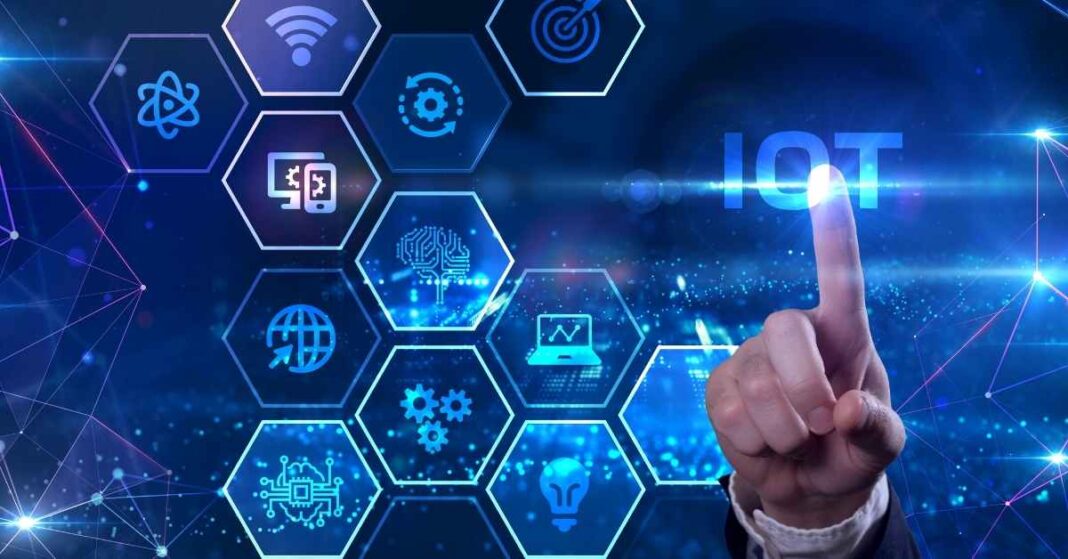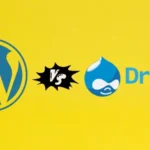The sports industry might give the impression of not having experienced any significant changes in recent years. But what if the digital transformation in sports was brewing inside? The Internet of Things comes to sport.
The sports sector is one of the major industries that has benefited from the emergence of IoT ( Internet of Things ) technologies, resulting in great help for sports entities, coaches, players, and fans.
From proposing the best game strategies, preventing injuries, or personalizing the final experience of the fans, the application of the Internet of Things is revolutionizing the sector.
We analyze the application of IoT technologies to the sports sector, a field (pun intended) whose advances towards a digital future will not leave you indifferent.
Internet Of Things (IoT) in Sports
What does your favorite sport represent for you? Indeed you can describe it in a few words using terms like power, strength, and endurance to refer to the sporting activity itself. Or also use terms such as passion, feeling, or enthusiasm, from the experience of living the sport from the stands (or from your living room).
And even though these adjectives will always be associated with sports competitions, the new technologies of the Internet of Things and Big Data are turning them into something much more sophisticated.
Also Read: How to Know Which Internet Connection You are Connected
Nowadays, the previous qualities of sports have been seen in new technologies as the perfect means to reach new levels of precision. And they have done it in many different ways.
IoT in the Development of Players
Coaches can get the most out of each training session, manage their players better, and develop winning strategies in each sporting match.
As always, when talking about the Internet of Things, the key is in the intelligent use of data. By combining a multitude of information sources and advanced analytics systems, coaches can use vast amounts of data to benefit their teams.
But what kind of data are we talking about, and what advantages can they offer to improve the performance of athletes? For example, the data collected in real-time by sensors installed in the players’ equipment, through GPS devices, and even video recordings, can be of great help too:
- Establish the most appropriate recovery periods for the players after each game or injury.
- Understand and gauge the effort made by the players in each match.
- Being able to predict and prevent possible damages to players.
- Identify patterns in performance that allow training to be adapted individually.
- In short, Internet of Things devices applied to sports will identify athletes’ strengths and weaknesses so that their respective coaches can create programs adapted explicitly to them.
Internet Of Things In Gaming Security
Will athletes use the expression of listening to the body again? Although during the long existence of the sport, it has been the athletes themselves who were responsible for knowing where their limits reached, with the arrival of the Internet of Things, this could become something of the past.
The Internet of Things is changing how doctors and physiotherapists approach player injuries and recovery periods.
Devices Used in Sport:
- Of protective helmets equipped with sensors that measure the impacts received (for contact sports).
- Mouthguards with sensors, as in the previous case, measure the impacts received and their possible consequences on the athlete’s health.
- Or the sports shoes capable of measuring the player’s speed, the impacts against the ground, his changes of rhythm, etc.
- Information we may obtain through these technologies:
- Know when a particular player should rest or limit the intensity of their training sessions.
- Identify muscle imbalances that can lead to future injuries.
- Keep track of the evolution of each player from the very beginning of his sports career.
Internet Of Things For Fans
Thirdly, we cannot fail to highlight the role of the Internet of Things in improving fans’ experience when enjoying their favorite sports: smart stadiums or Smart Stadiums have been born to maximize the experience of sports competition.
This is used, for example, to obtain statistics in real-time, integrate with the profiles of viewers on Social Networks (for the rapid publication of content), or even create points for quick selfies.
Other aspects are:
Fan Traffic Management: To help spectators get in and out of the stadium, find available parking spaces, and navigate the state through interconnected cameras, sensors, and applications.
Energy efficiency: Optimizing energy consumption based on the specific conditions of each sporting event, such as natural lighting or occupancy levels. In other words, ecological technology at the service of sports stadiums.
General security: Monitoring inappropriate behavior patterns among spectators, including facial recognition, to identify people who may pose a risk to other spectators.
Sport is changing thanks to the Internet of Things technologies. What will be the next giant leap in the experience of living in a sports competition? Whatever it is, everything seems to indicate that it will leave us speechless.
Also Read: Tips To Increase Visibility and Sales










![Imginn Instagram Story and Photos Anonymous Viewer Tool [Free] Imginn](https://www.iblogtech.com/wp-content/uploads/2023/09/imginn-150x150.webp)



